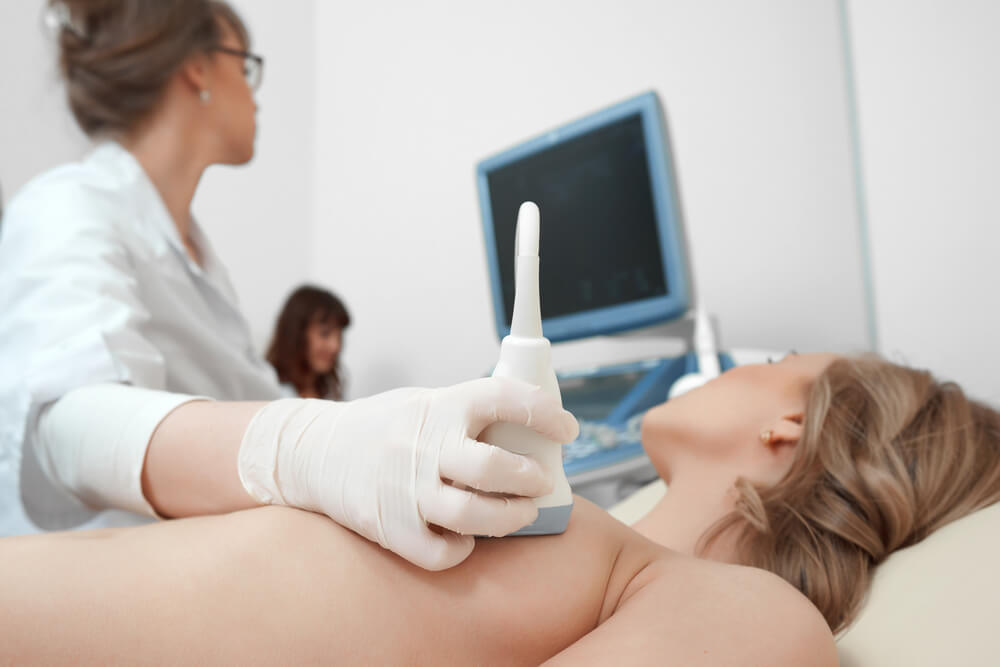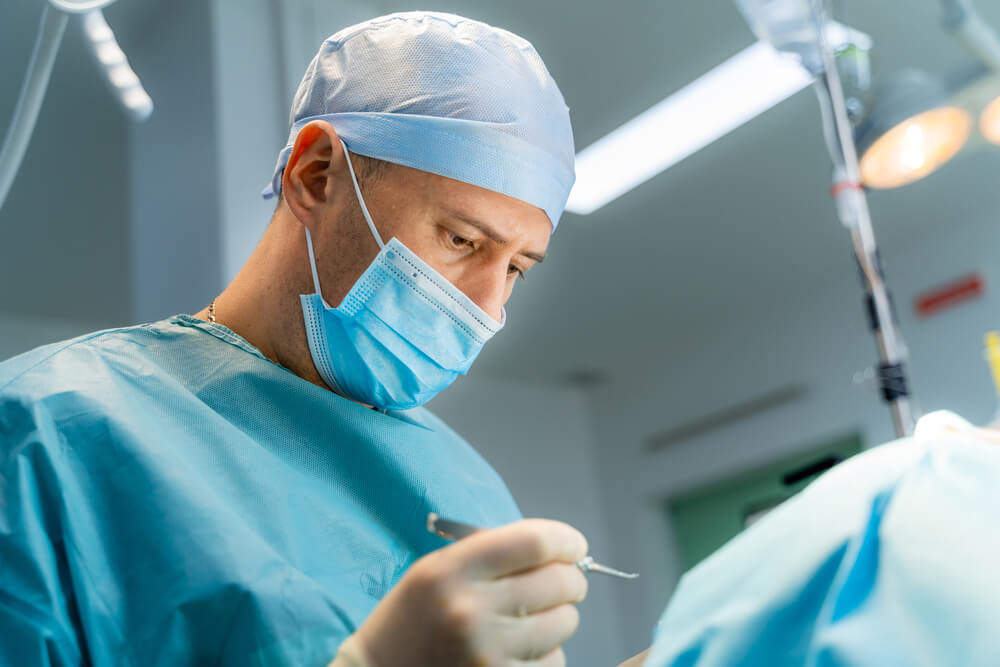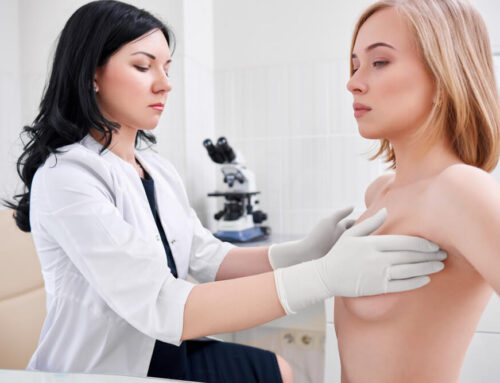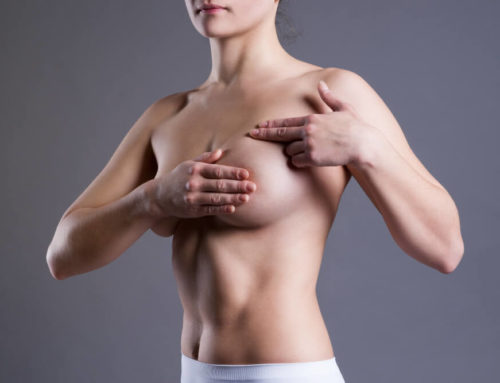Breast duct excision is one of the many breast care surgeries that surgeons perform, and it is important to learn more about it if you are experiencing nipple discharge or other problems with your breasts. Read on and find out everything you need to know about breast duct excision surgery.
What Is Duct Excision Surgery?
Duct excision surgery is an operation in which surgeons remove milk ducts located underneath the areola and the nipple. Our surgeons might do this in order to remove just a single one of your milk ducts located in this area. However, our surgeons might instead remove every single one of the major ducts leading up to the nipple.
Why Do You Get Mammary Duct Excision Surgery?
One reason why our surgeons might perform this surgery is that they need to remove one of your milk ducts that is causing nipple discharge. If your surgeon removes the specific duct or ducts that are causing the discharge, this resolves the problem most of the time. You will only need to come back to see us for a follow-up check in most cases. Usually, a needle biopsy is enough to provide your surgeon with a diagnosis.
However, if the needle biopsy doesn’t provide a diagnosis, removing one or all of your ducts will give your doctor a diagnosis. A breast duct excision is an important procedure that assists your doctor in ruling out breast cancer as a potential cause if you are experiencing sudden bloody discharges from your nipple. Typically, some form of cancer is not the cause of the discharge. Sometimes, however, removal of your ducts reveals either invasive or preinvasive forms of cancer.
Of course, either type of cancer means you will need further treatment. When you get a breast duct excision, someone at your surgeon’s office will give you either local anesthesia or general anesthesia, depending on your needs.

What About Intraductal Papilloma?
Intraductal papilloma consists of a small growth that looks like a wart, but it could also be a benign tumor that forms in the milk duct close to your nipple. Fibrous tissue, glands, and blood vessels make up the benign tumor. Intraductal papilloma is something that mostly happens in women between the ages of 35 and 55. Intraductal papilloma causes bloody or sticky nipple discharge in addition to lumps and enlarged breasts.
A papilloma consists of mammary epithelium. Mammary epithelium is a cell that forms the lining of the milk duct’s wall. If the papilloma goes untreated, it can eventually lead to your duct getting totally obstructed.
You might also experience breast pain or discomfort in your breast. The lump’s size can differ based on how large or small the affected duct is. Women who are close to menopause are more likely to get single lumps or papilloma. Multiple intraductal papilloma commonly occurs in both breasts, and they are more likely related to lumps rather than any sort of nipple discharge.
What Are Some Causes of Nipple Discharge?
One of the causes of nipple discharge is that your ducts have become dilated. Another cause of nipple discharge is intraductal papilloma as previously mentioned. While not the most common cause of nipple discharge, invasive or noninvasive cancer in your milk ducts could also lead to nipple discharge.
How Is Breast Duct Excision Surgery Done?
If only a single duct is discharging, we will pass a very tiny wire down that discharging duct. At this point, one of our surgeons will remove just that duct and leave the other ducts as is.
In the event that multiple ducts are discharging or we cannot find the discharging duct, we will perform a total excision of your ducts. A total excision of your ducts means that we remove all of your major ducts from underneath the nipple. We make the incision for either one of these procedures near your nipple. At the operation’s end, we close the incision with sutures that dissolve and put a waterproof dressing on the incision. It is possible that either procedure will leave behind a scar, but this scar will fade away over time.
What Should You Know About Major Excision of Your Ducts?
One advantage of major excision of your ducts is that we can examine tissue samples to figure out the reason for your nipple discharge. The primary cause of nipple discharge is your milk ducts widening because of either age or because of intraductal papilloma. We might find a few early cancer cells, and if found, we would have to test those.
Are There Risks to Getting Ducts Excised?
Yes, there are risks to this procedure, and one risk of receiving an excision of your ducts is bleeding. Another risk of getting this procedure is that the area where you got ducts excised becomes infected. Your nipple could also potentially have a decreased amount of sensitivity as a result of this procedure. In extremely rare cases, nipple necrosis may occur as a result of getting ducts excised. Naturally, if we discover something unforeseen on your pathology results, then further procedures could prove necessary.

What Should You Do on the Day You Get the Procedure?
The first thing that you should do on the day of the operation is to refrain from drinking or eating anything for a minimum of six hours before the procedure. You should also make arrangements to have someone else drive you home following the surgery since you will not be able to drive yourself. You might also find it helpful to bring something to drink so that we can figure out which duct is causing the issue.
It is also a good idea for you to wear clothing that is both comfortable and loose. You might want to bring a sports bra or possibly a front-closure support bra to wear after you’re discharged from the hospital. We will admit you into the hospital on the day that you are getting your mammary duct excision.
What Should You Expect Following the Surgery?
You can go home on the same day you get this surgery. You will probably find it useful to wear a sports bra all the time for a period of two weeks after the surgery to excise your ducts. Generally speaking, we will put a waterproof dressing made of plastic over the incision on your body. You can shower the next day after you get the surgery thanks to the plastic dressing unless we tell you otherwise.
Keep the dressing on for one week; you can have the dressing changed after this. If you are dealing with a little bit of swelling and bleeding, you don’t have to worry because this is totally normal. As far as the pain goes, you should simply take non-prescription pain medication.
You can get back to normal activity one day after you get your surgery. However, we recommend that you do not do any sort of strength exercising or aerobic exercising without talking to your doctor first. You should be careful not to cause any kind of trauma to the surgical site for a minimum of one week following the surgery. We will see you three weeks after your surgery for a follow-up and go over your results.
Now, we want to hear what you think. What was your favorite section in this article? Comment below and start the discussion. If you need surgery to get your ducts excised, call the Breast Care Center in Miami, FL, today and schedule an appointment.






